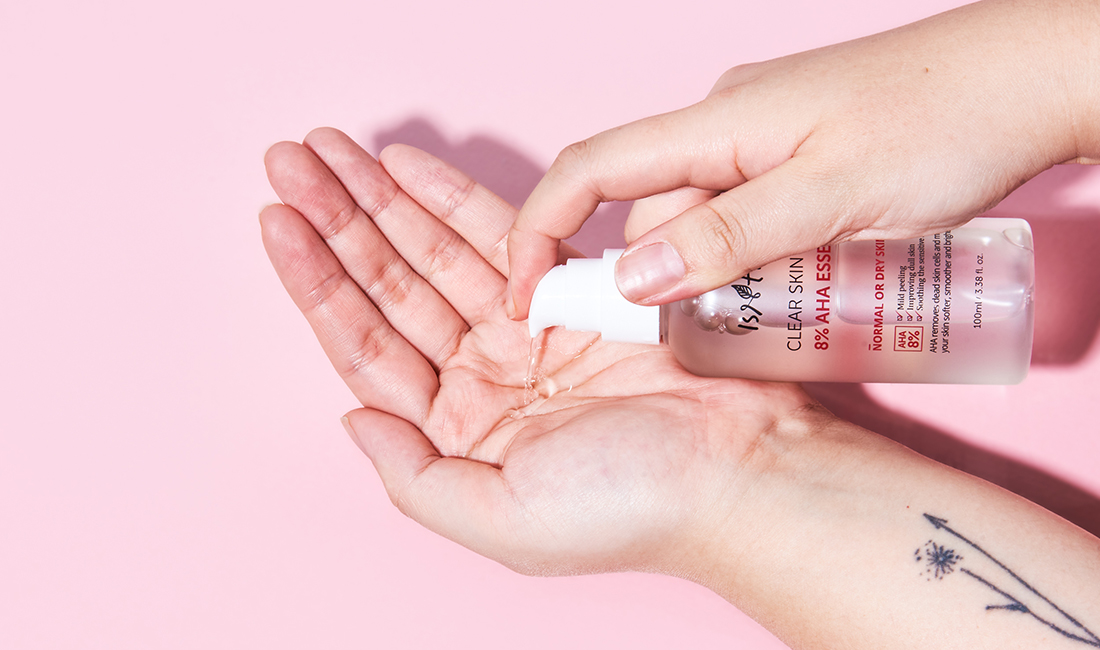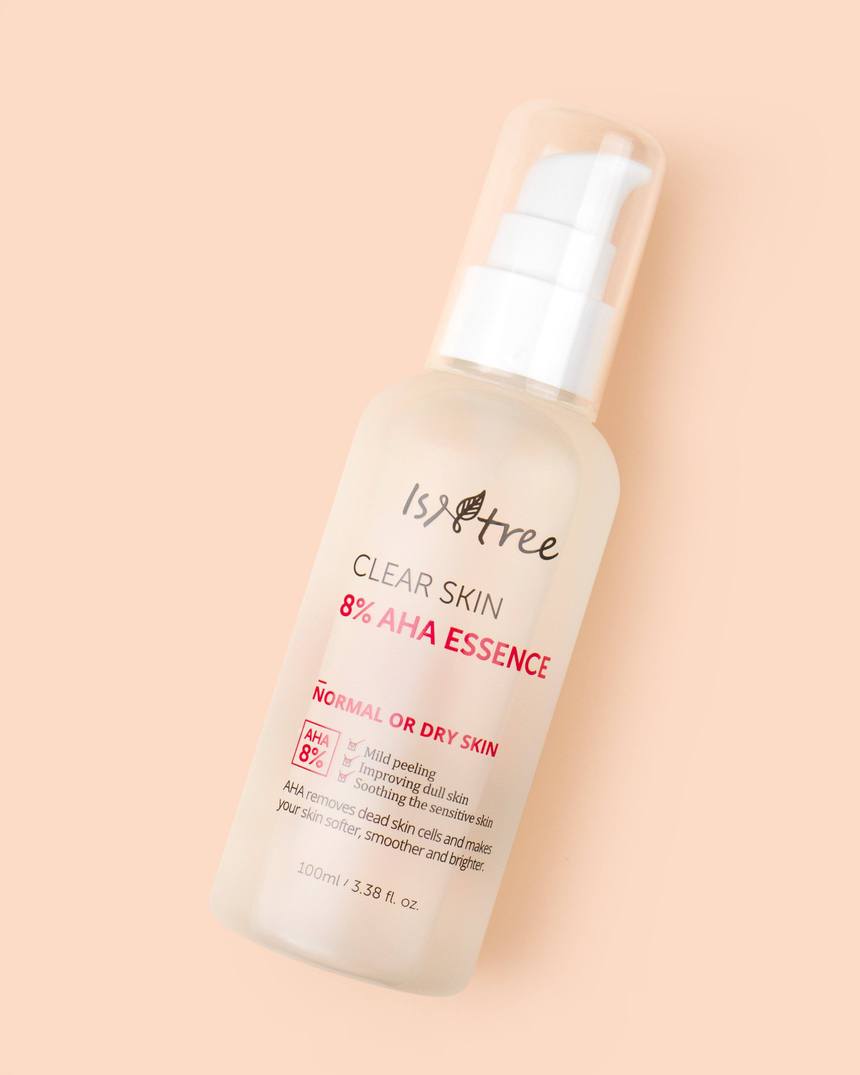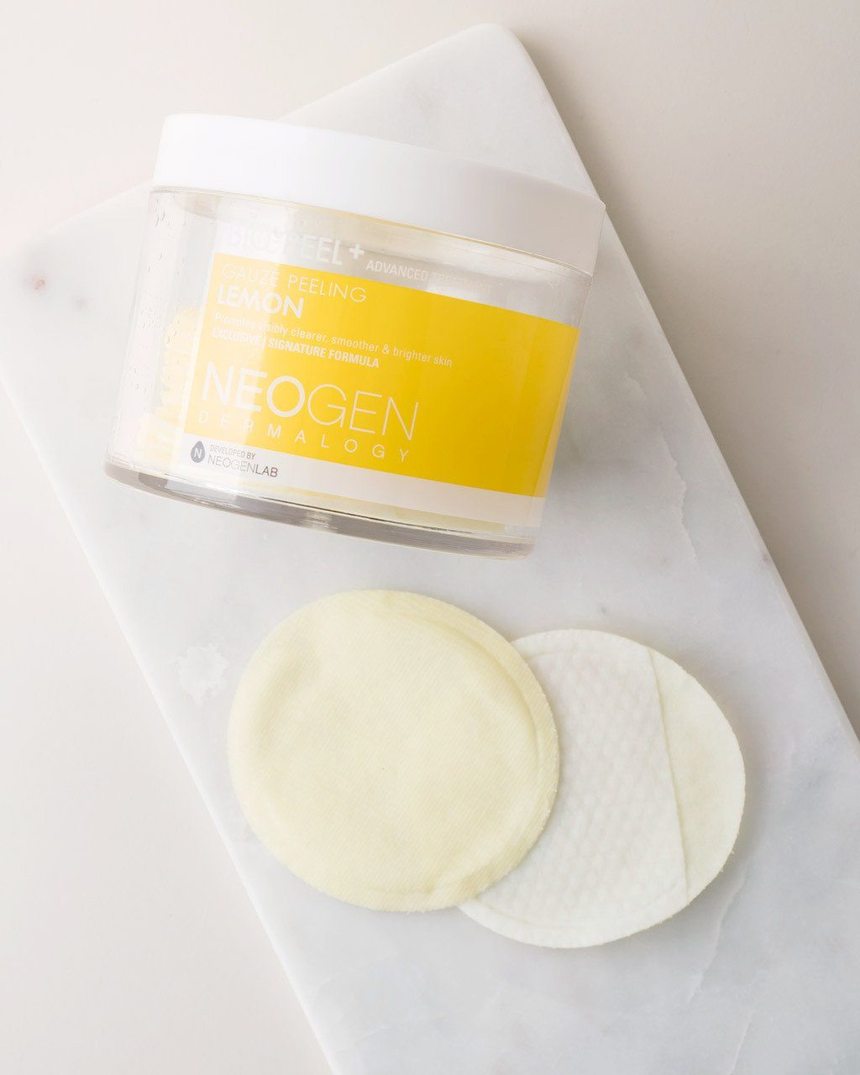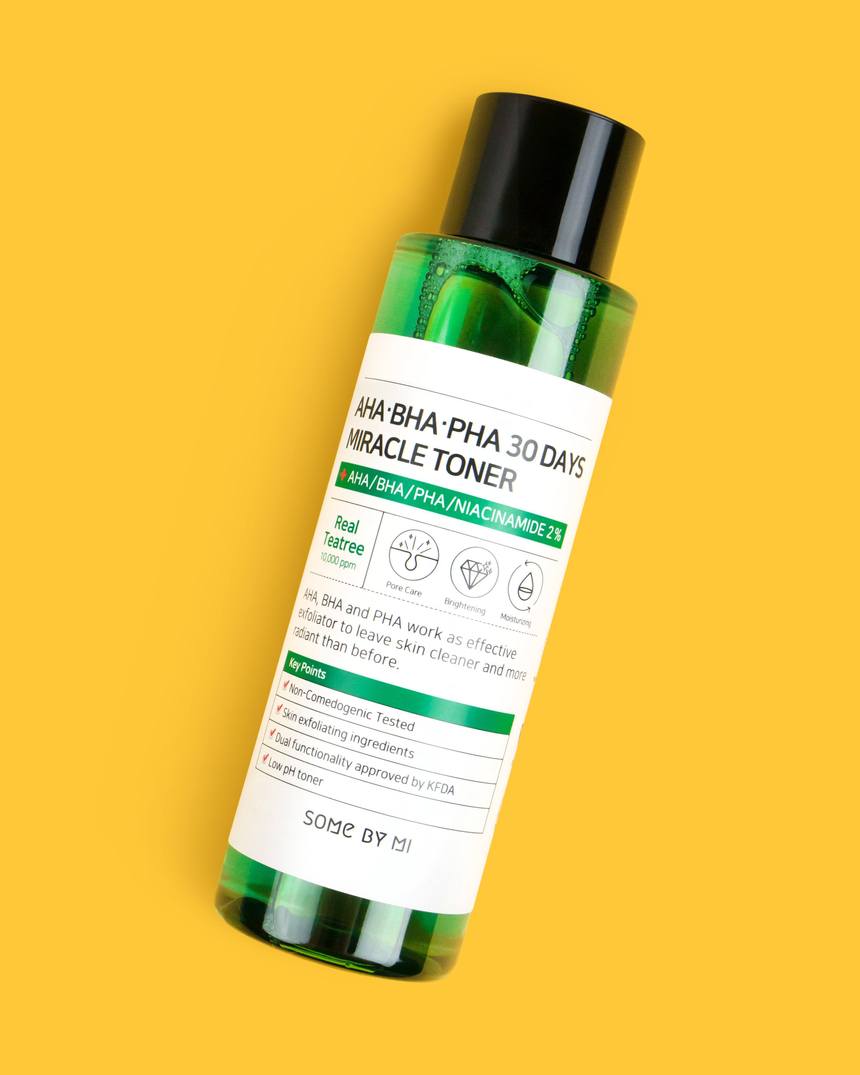Incorporating an acid into your routine can be the difference between achieving your skin goals and not. But if you’re not seeing any changes, or feel like your skin is regressing, keep reading.
There are few skin concerns that acids, or chemical exfoliants, can’t help. They can prevent and treat breakouts, fade hyperpigmentation, and minimize pores and fine lines. They can make dull skin brighter, textured skin smoother, and dry skin more moisturized.
But what if you’ve incorporated an acid into your routine and you’re not reaping any of the amazing benefits listed above? Read on for six common reasons your chemical exfoliant is giving you lackluster results and then shop some of our favorite formulas below.
You’re Using the Wrong Type of Acid for Your Skin Concern
There are two main types of acids: Beta hydroxy acids (BHAs) and alpha hydroxy acids (AHAs). While they are similar, there are key differences that you should keep in mind when choosing the right one for your skin concern(s).
“They both dissolve the bonds that hold dull, dead skin cells on the surface of the skin so the skin will gently shed, revealing smoother, brighter skin underneath,” says Dr. Hadley King, a New York City-based dermatologist. “The difference is that while AHAs are water soluble and work on the surface of the skin, BHAs are oil soluble so they can penetrate into pores.”
So if you want to treat acne and get rid of blackheads, go for BHAs, and for everything else, try AHAs.
You’re Mixing Ingredients That Shouldn’t Be Mixed
“A very common mistake is thinking that using multiple acids will help resolve issues faster or more effectively, but that is not the case,” says Josie Holmes, esthetician at SKINNEY Medspa in NYC.
Using more than one acid-based product in succession, or mixing acids with other strong ingredients like vitamin C, can cause sensitivities, damage, and acne, setting your skin back, not forward towards your goals.
For example, says Holmes,”salicylic acid should always be used by itself or serious skin irritation may occur. Even using retinol with certain acids can be dangerous. Always reach out to your esthetician before adding any harsh ingredients into your skin regimen.”
Check out this guide for the do’s and don’ts of mixing acids.
You’re Using Too Much of an Acid
One of the biggest mistakes you can make with acids is to over-exfoliate. If you go too far – which can occur by using acids too frequently, using more than one acid at once, or using a high percentage of the ingredient – you can experience irritation, redness, dryness, and breakouts.
To avoid this, first look at the concentration or percentage of an acid in a product. If you’re new to the ingredient or have sensitive skin, start with an AHA in a concentration of less than 10% or a BHA with a concentration of 0.5% to 1%.
“Alternatively, rather than applying a leave-on product, consider a cleanser [that contains acids]. And don’t forget to moisturize your face after using it,” suggests NYC-based dermatologist Dr. Joshua Zeichner. “If you’re noticing any irritation, start to use your acid-based products less frequently. I generally recommend starting twice per week and advancing as your skin can tolerate it.”
You’re Not Using Enough of an Acid
Once you’re confident that your skin can tolerate it, you may want to up your dose if you’re looking for faster, more noticeable results. For the seasoned acid user, 10% to 15% glycolic acid can be beneficial, as can up to 2% salicylic acid.
Be mindful of how your skin reacts to this new higher percentage, and pull back if you notice any adverse effects. You may also want to consult your dermatologist or skin care professional to determine the right concentration for your skin and goals.
You’re Not Giving a Product Enough Time to Deliver Results
Yes, acids, AHAs in particular, can offer instant results in terms of skin texture, however, it can take much longer to see big changes.
“Within one month pores may appear more clear. Within one to two months discolorations may fade. Within two to six months new collagen and elastin should form and the skin will appear more firm and fine lines and wrinkles will decrease,” says Dr. King.
You Actually Need a Professional Treatment or Prescription Product
When it comes to reversing major damage or treating certain skin issues, over the counter products can only do so much.
If you’ve been using your product consistently and have ruled out any of the “mistakes” listed above, “it may be time to speak to your dermatologist about prescription options or in-office procedures,” says Dr. Zeichner.
In addition to products, your dermatologist may suggest a chemical peel or laser treatments.
Additional Reading
Wondering why your toner isn’t working? Click here.
Wondering why your eye cream isn’t working? Click here.

















